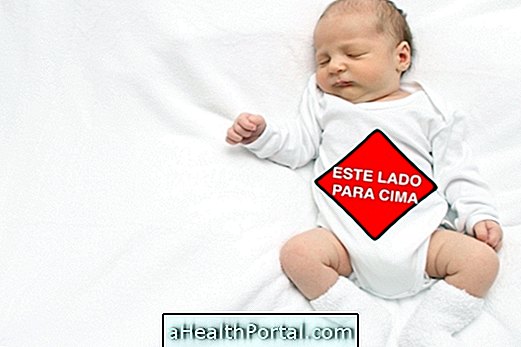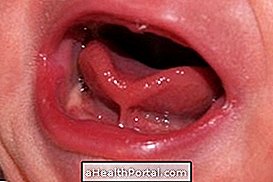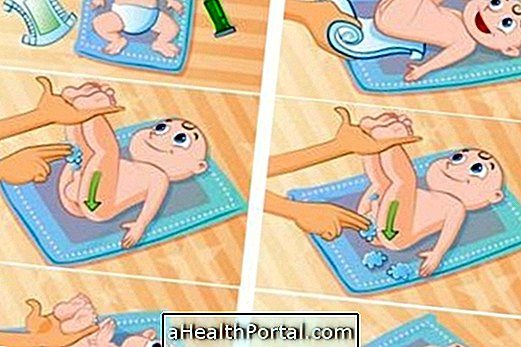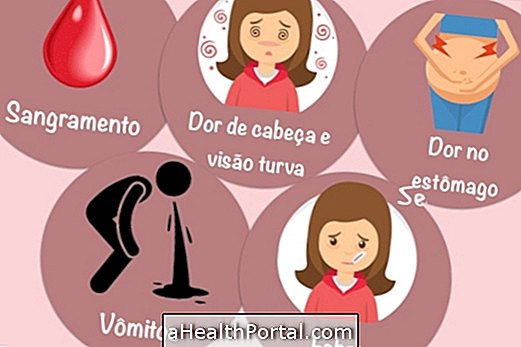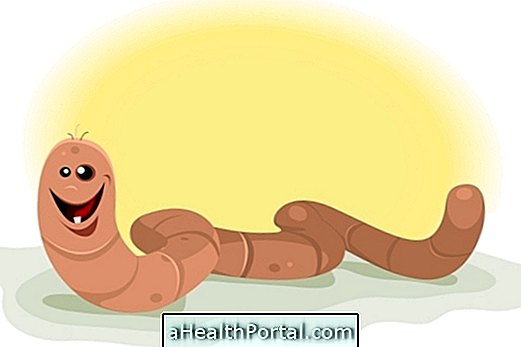Neonatal progeroid syndrome, also known as Wiedemann-Rautenstrauch syndrome, is an extremely rare genetic disorder that causes an aged baby's appearance soon after birth, accompanied by very distinct features such as a triangular and poorly developed face.
In addition, infants with this type of syndrome usually also present delayed physical development, muscle weakness, difficulty in nursing and retarded intellectual development. Some may still have more severe changes, which prevent survival after the first year of age.
Although the specific causes of this syndrome are not known, it is possible that it is caused by a genetic mutation that is passed from parent to offspring, however, the chances of occurrence are greater when both parents have had cases of the disease in the family.

Main symptoms and characteristics
The main feature of this syndrome, in addition to the delayed development of the fetus in the uterus, is the aged appearance of the baby that happens due to the lack of the fat layer, which usually stays under the skin, which ends up leaving the skin thinner, dry and aged.
In addition, other features include:
- Triangular face with protruding forehead;
- Small, poorly developed facial bones;
- Lack of hair, eyelashes and eyebrows;
- Fine arms and legs with large hands and feet;
- Delay in physical development;
- Delay in intellectual development.
In most cases, it is very difficult to diagnose the syndrome during pregnancy and, therefore, is usually only identified by the pediatrician in the first few days after delivery, by observing this type of characteristics in the baby.
This disease can often be confused with progeria, a disorder that causes the child to age quickly and whose symptoms usually appear around the age of two. Understand more about progeria.
How is the treatment done?
There is no cure for neonatal progeroid syndrome and therefore the treatment is only made to correct some changes, relieve symptoms and improve the comfort and quality of life of the baby.
Thus, treatment is usually tailored to each baby and may include a team of several health professionals besides the pediatrician, such as neurologists, cardiologists or physiotherapists, for example.
In cases where the baby can not nurse, the pediatrician may advise having surgery to place a small tube directly from the skin into the stomach to allow adequate feeding of the baby.

